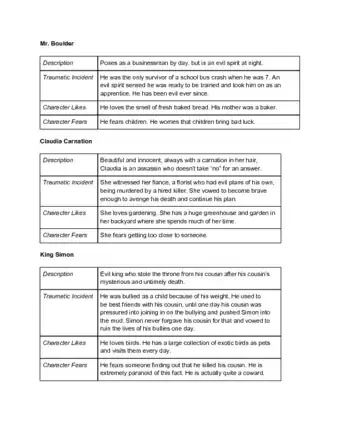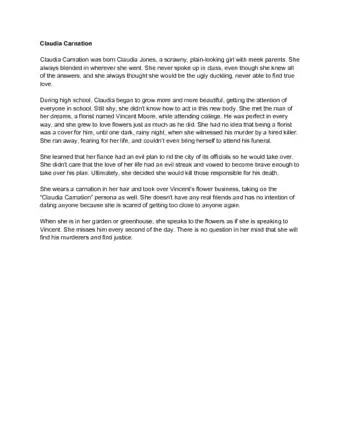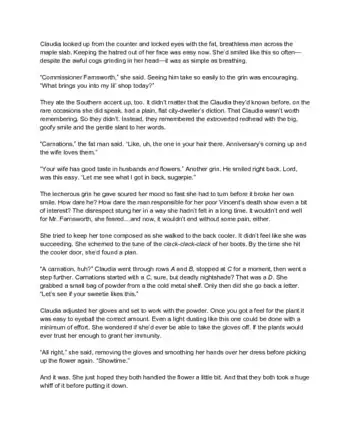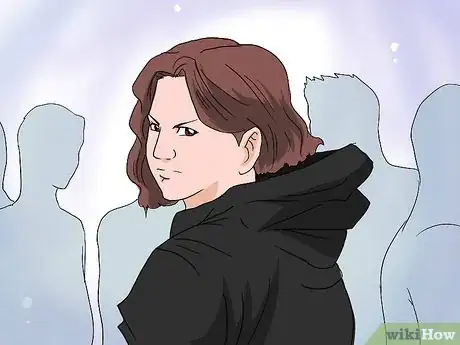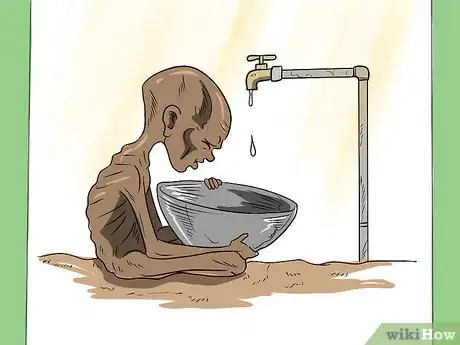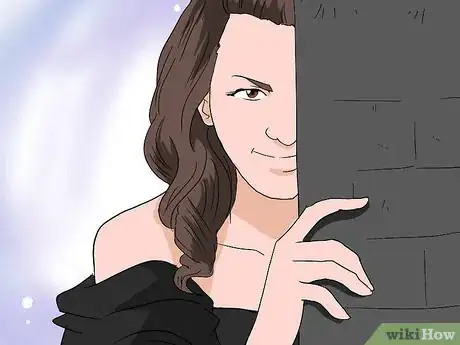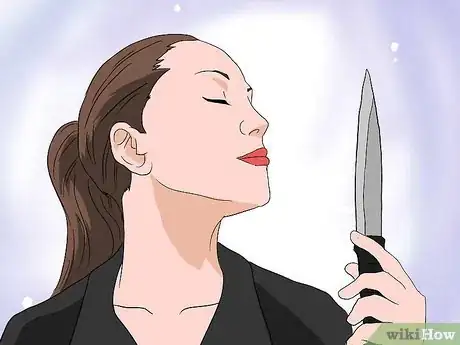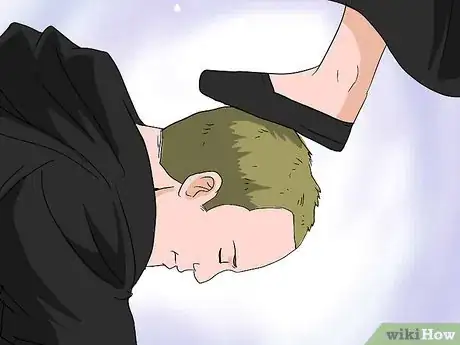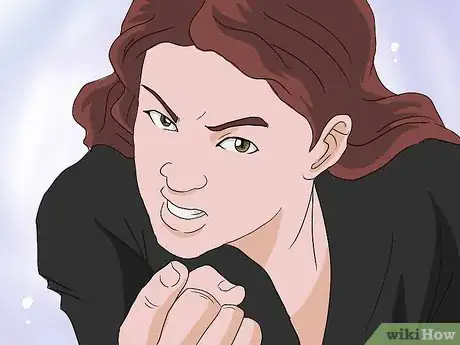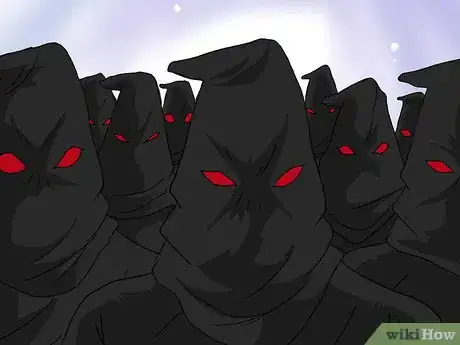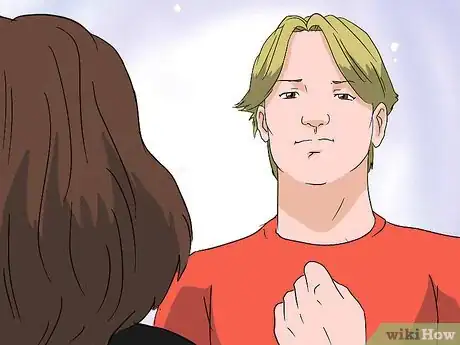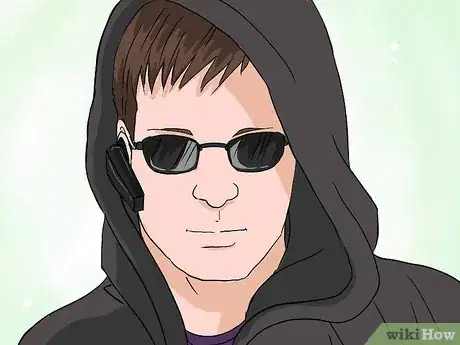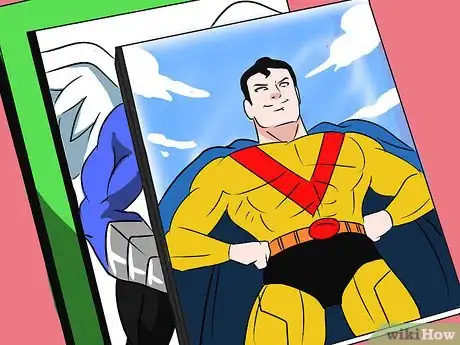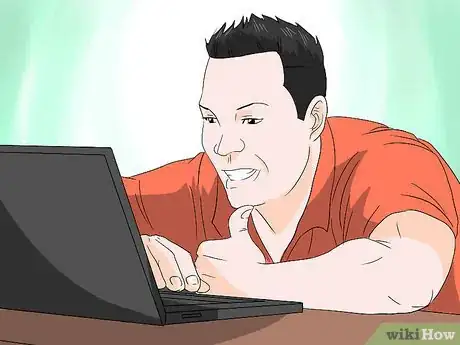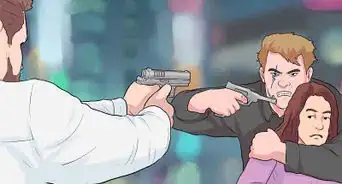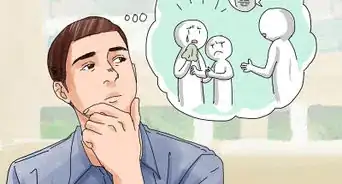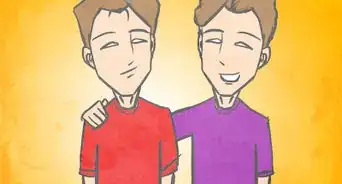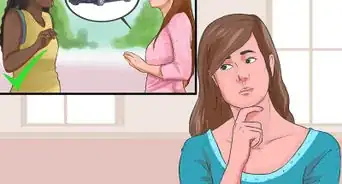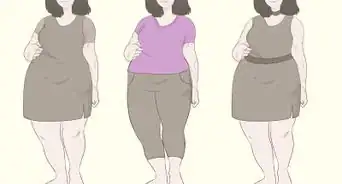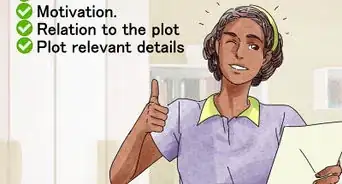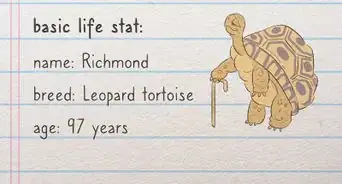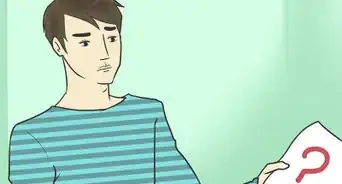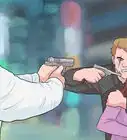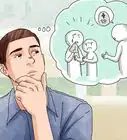X
wikiHow is a “wiki,” similar to Wikipedia, which means that many of our articles are co-written by multiple authors. To create this article, 41 people, some anonymous, worked to edit and improve it over time.
There are 7 references cited in this article, which can be found at the bottom of the page.
This article has been viewed 151,220 times.
Learn more...
How do you write a completely evil villain without them coming across as shallow, cartoonish imitation of a villain that can only wish to be compellingly vicious villains? Find out here.
Steps
Sample Character Description
Method 1
Method 1 of 1:
Making an Interesting Evil Villain
-
1Consider what it means to be good. Anything else is wasting your time, because this is the only thing you actually need to know, you can not create a bad person without knowing what is good then bad is the opposite.
-
2Look at evil acts that people have actually done. Turn to the news and history books to see examples of how real people can do terrible things.Advertisement
-
3Consider if your is villain human or non-human? If your villain is a non-human creature, things can be a bit different. Maybe your non-human creature actually has no concept of good and evil and though may be evil in some way, is more amoral than actually malevolent.
-
4Make them evil because of their choices or actions, not their identity. Evil isn't simply something that someone is, it's something that a person chooses. Give your reader a sense of why this character is evil and not good.
- Have the villain personally do evil acts (not just order them to happen). To make it more effective, have the evil acts happen to a person that the reader cares about.[1]
-
5Skip lazy shortcuts. To write an interesting character, you'll want to avoid the overused tropes and shortcuts. This includes writing villains who have very little motive.[2]
- Sadism isn't a real motivation. Your character needs a good reason to do evil acts instead of eating dessert in front of their TV.[3] It's boring, and not very believable, to have a villain who does evil acts "because it's fun."
- Don't superficially rip off Nazis. Use literal Nazis as villains, or if you use Nazis as an inspiration, do some detailed research about their rationales and how they worked.[4] A person or group shouldn't just seem "bad" because they look like Nazis, but because they are nuanced in their evil beliefs and actions.
- Mental illness and disabilities don't make people evil. "They're evil because they have a mental condition" is lazy writing that is deeply insulting to the many good people with real emotional and developmental disabilities. (Disabled people aren't more violent than anyone else, but they are much more likely to be victims of violence. Don't support discrimination by caricaturing them as evil.)
- Avoid cheesy, academic language. This is pretty overdone.[5]
-
6Consider how your villain justifies their actions. Avoid the lazy writing of simply having a villain cackle at actions they think are depraved. Even if your villain knows what he is doing is morally indefensible, there still should exist some form of justification in their mind. It may make sense for them alone based on his experiences and beliefs he has formed from them. Here are some justifications a villain might have:[6] [7]
- "I will do anything to earn the acceptance of _____/become a true _____."
- "The world is full of moral failings, and I am one of the few that is truly virtuous. I must correct others' immorality. If bad things happen to people, it is because they deserve it."
- "People of group X are monsters/in need of controlling/a waste of space."
- "Only the strong survive. Losing is a sign of weakness. The weak deserve to lose."
- "People who X deserve to be put back in their place."
- "I will stop at nothing to achieve my goal, because it is the greatest good. If other people get in my way, I will stop them. If I happen to hurt others, it doesn't matter, because it is for the greater good."
- "Members of Minority X are scary and bad. I will do anything to protect my home/town/country from them."
-
7Give the villain understandable and/or compelling motivations and goals. Evil for the pleasure of evil itself is harder to write well. It's chilling to make their evil look like something a human being would do given the right circumstances and mindset (and/or in case of the most of us, enough push).
-
8Examine the villain's interactions with allies or minions. How does he behave towards them? How differently? Is he patient towards his second-in-command, but can impulsively, without a second thought, kill an underling, who has failed a mission? Does he treat his trusted lieutenant as almost his equal, but sneer at his generals when the latter try to question him? Does he perceive his elite warriors as the ideal kind of soldiers superior to everything but himself, but view his lesser footmen as mere cannon fodder? Why? What do his interactions tell about his character?
-
9Consider the parts of the villain that weren't always evil. No well written character has been for all their life purely evil. Your villain should of had some neutral or good traits as well.[8]
- Who did your villain care about? Which people or animals are special to them?
- Consider what the villain won't do. For example, maybe he is willing to kill people, but considers torture and rape to be unnecessarily cruel. Or she will steal, threaten, and cheat, but she won't kill unless absolutely necessary. You've a lot of licence here with someone who is purely evil.
- Give your villain hobbies. What purely evil things do they do in their spare time? Do they play chess with live rodents pinned to the pieces, practice shooting, knit itchy sweaters for Fluffy, write their autobiography?
-
10Give minions, followers and even the lieutenants reasons to follow the villain. Is it fear? Do they have same goals? Do they need the villain’s help to advance their own goals? Are they after the same thing as the villain, but plan on turning against him at the crucial moment? Do they secretly plan vengeance against the villain while maintaining a false identity and pretending to be their ally? Do they follow the villain out of respect, admiration and/or worship and why? Do they secretly want something that the villain possesses or has access to? This helps to give both the villain and lesser bad guys more depth than just flat cardboard cut-outs.
-
11Examine the villain's feelings and interactions with the heroes. Do they find the main hero irritating, because the latter never gives up? Or amusing, because she’s much more persistent and less easy to kill than anyone who’s resisted them in the past?
-
12Consider how you are going to introduce him into the story.
- One good way of creating suspense is having other characters talk about your villain, show some of his deeds and give the audience sense of him. Later he may come out of the dark with a frightening entrance.
Advertisement
Community Q&A
-
QuestionWhat if my antagonist accidentally turns out to be nicer than one of my protagonists?
 Community AnswerThat only makes the story more interesting and realistic. Life is all about blurred lines and shades of grey. Also, a well written redemption arc for a villain (or the opposite for a hero) is something that definitely attracts readers.
Community AnswerThat only makes the story more interesting and realistic. Life is all about blurred lines and shades of grey. Also, a well written redemption arc for a villain (or the opposite for a hero) is something that definitely attracts readers. -
QuestionThe villain in my story uses the protagonist to kill his (the protagonist's) colleagues. Any tips?
 Community AnswerHow about if the protagonist doesn't know the villain is evil and the villain is able to trick him/her into killing the colleagues? You could even make the protagonist be in love with the villain.
Community AnswerHow about if the protagonist doesn't know the villain is evil and the villain is able to trick him/her into killing the colleagues? You could even make the protagonist be in love with the villain. -
QuestionI have an idea for a villain who wants to join a group of the greatest villains in history. But I don't know how to make the hero actually fit into the story, or how to get the hero to win either. How can I get more ideas?
 Community AnswerFirstly, let the villain join the rest of the villains. Then, let the villains order the main villain to destroy a thing the hero loves the most. This would make the hero run behind the main villain and enable him to find out about the villains' club. Then, he will try to destroy it as a revenge, killing the main villain in the end.
Community AnswerFirstly, let the villain join the rest of the villains. Then, let the villains order the main villain to destroy a thing the hero loves the most. This would make the hero run behind the main villain and enable him to find out about the villains' club. Then, he will try to destroy it as a revenge, killing the main villain in the end.
Advertisement
References
- ↑ https://plato.stanford.edu/entries/concept-evil/
- ↑ https://plato.stanford.edu/entries/concept-evil/
- ↑ https://www.youtube.com/watch?v=qV6e0IqkzxU
- ↑ https://opentextbc.ca/socialpsychology/chapter/obedience-power-and-leadership/
- ↑ https://www.lib.sfu.ca/about/branches-depts/slc/writing/organization/conclusions
- ↑ https://www.youtube.com/watch?v=Wb6V3t_fr_I
- ↑ https://rc.library.uta.edu/uta-ir/bitstream/handle/10106/29586/BergstrandJasperSPQPostprint_received.pdf?sequence=1&isAllowed=y
- ↑ https://www.youtube.com/watch?v=qV6e0IqkzxU&t=207s
About This Article
Advertisement
